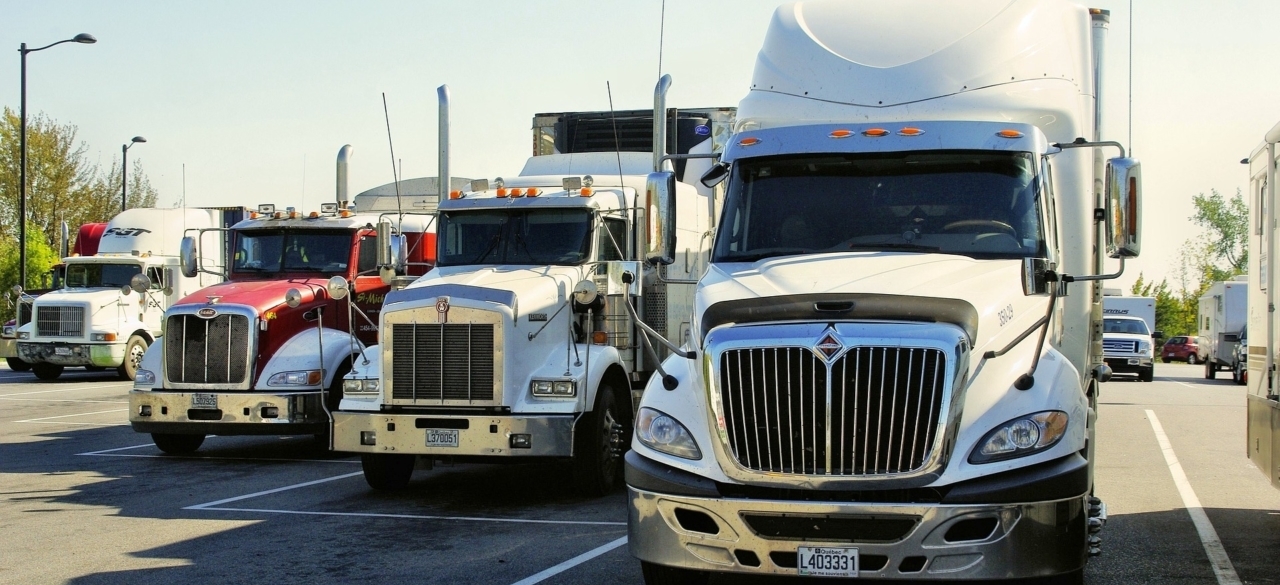Hire-train-deploy models, also called recruit-train-deploy, offer contingent workforce programs an alternative way to broaden their talent pools and target candidates with specific skills dictated by the organization. While these models are still not widely adopted — only 22% of staffing firms responding to a recent survey state they have such a program in place today, with another 16% likely to explore adding one in the next two years — they can provide an avenue to skilled and vetted talent in a tight labor market.
“The recruit-train-deploy model offers a clear-cut business plan for how staffing suppliers can actively improve their ability to fill job vacancies with qualified talent,” writes Research Analyst Amy Horvat in Staffing Industry Analysts’ recent The Recruit-Train-Deploy (Hire-Train-Deploy) Model report.
A key component of such programs is that they are “employer down” rather than “education up,” according to the report, meaning that staffing firms specifically train candidates for a defined job function rather than searching for candidates who independently pursued an education pathway in hopes they would appeal to hiring managers down the line.
Worth the Cost?
Hire-train-deploy models can provide predictable costs and reliable talent pipelines with reduced turnover and increased loyalty. And while these hires may cost more than employees through other channels, they are less expensive than bringing on more experienced talent.
“I think buyers underestimate that they do have to [invest] some money when it comes to building your own skills of your own workforce,” says Michelle Sims, CEO of Yupro Placement, a public benefit placement firm. “When you invest in talent, they are more loyal to you and stay longer.”
Yupro Placement charges an all-inclusive fee based on the skills and hours required and includes a guaranteed outcome. Like some other programs, it also provides ongoing training to the placed worker.
“Career progression and skills and support are two of the top reasons that early-career talent stay with organizations or want to go to work for organizations, so this particular model addresses what talent are looking for,” Sims says.
‘New Blood’ For Your Program
Hire-train-deploy programs can also widen the door for diverse candidates — both diversity of demographics and diversity of thought.
Delta Air Lines Inc. faced some 300 to 400 requisitions for contingent workers when travel opened up post-pandemic; it used a hire-train-deploy program from GenSpark to help alleviate the talent shortage and deliver a mix of outside skills and diversity. One concern was that its existing staff had a mean age of 52 years, and many had been with the airline for 20 to 25 years.
“It was very hard for them to adopt any kind of new changes,” explains Avinash Pemmaiah, a managing director at the airline. “We were migrating all our applications into the cloud and definitely wanted to bring in some new blood into the ecosystem.”
The GenSpark program provided Delta with flexibility and created a pipeline to reach its DE&I goals.
“You are bringing in a fresh set of people who are looking into a business problem with a fresh set of eyes and are highly enthusiastic and motivated,” Pemmaiah says.
Long-Term Talent Strategies
The approach also allows companies to scale, filling long-term growth strategies as well as short-term needs.
Revature, a Reston, Virginia-based training and staffing firm, gears its program toward helping customers insource the talent at the end of an initial placement term.
“One hundred percent of the talent Revature provides is transferable for our customers,” says Gaurav Gautam, senior VP, GSI Market Unit. “I would say in terms of sheer numbers, 89% of our associates are retained by our customers for more than four years after they convert to become a full-time employee, which is a staggering number. And more than 85% of our associates actually have an offer to acceptance rate at the end of the term, after which the customers can bring them on.”
Keys to Success
Trust is key to making hire-train-deploy successful.
“We need a buyer buy-in and support and a trust that this will work out,” says Amrinder Romana, COO of Pacer Group, a network of specialized talent solutions companies. “A lot of buyers are hesitant, but if buyers have seen two or three successes with us, that helps.”
SIA’s report advises contingent workforce managers to keep the talent at the center of their program because “success depends on successful talent.” Other components to consider for a successful hire-train-deploy business model include investments in training; converting associates to FTEs; prioritizing skills, not experience; and having a clear corporate strategy.
Despite challenges, the end users of these programs remain optimistic.
“This program gives you the flexibility, it creates a pipeline, it helps you achieve your DE&I numbers,” says Delta’s Pemmaiah. “And you are bringing in a fresh set of people who are looking into a business problem from a set of eyes who are highly enthusiastic and motivated.”









